FORT LEAVENWORTH, Kan. - A culture that lived on Fort Leavenworth nearly 1,600 to 1,800 years ago left behind remnants for students from the Kansas Archaeological Field School to find.
Dr. Brad Logan, research associate professor of archaeology at Kansas State University and director of the school, said he originally excavated the site near Quarry Creek on post in 1991. The site is on the National Register of Historic places. In 1991, he and students from the school originally found six "garbage" and burn pits containing various animal bone fragments, pottery fragments and stone spear points.
Logan said carbon dating showed the site was occupied by people from around 250 to 400 A.D. - likely even before the introduction of the bow and arrow.
Intricate designs on pottery shards found there show they were influenced by the Hopewell culture, Logan said.
"We don't know what they called themselves; that's what we call them," he said.
The Hopewell name is taken from a farm in Ohio where the first signs of this culture were found. Logan said the older pottery shards at Fort Leavenworth have more intricate designs and the newer pieces are simpler - showing that somehow, ancient people either lost the technology to make the designs or lost interest in them. Logan said it's likely that with population growth, the group splintered to separate locations.
He said the Fort Leavenworth site is the furthest west that evidence of the Hopewell culture has been found. They were part of a group known as the Kansas City Hopewells.
There are 13 students taking the course. Most are anthropology majors at K-State. For them, the site is a chance to get hands-on experience using lab techniques at dig sites.
Jaron Cox, K-State junior from Colby, Kan., said the team is recording everything they can find, even small changes in the color of the soil.
"We're plotting anything that's not limestone or dirt," he said.
Michael Place, K-State junior from Manhattan, Kan., said archaeologists could use those little things to piece together an idea of how people may have lived. A piece of burned stone, for example, might show where ancient people cooked over a fire.
"This is a lot higher up than the bedrock," he said, pointing to a cluster of limestone rocks that might seem natural to the untrained eye. "We know it's special. It's just there's so much of it. Other things are of more interest to us right now."
Students dug at the site with small tools and carefully brushed dirt away from any features. Then, they sifted through the dirt with a wire screen to find pieces of bone or pottery. Some of the dirt is being taken in bags to study back at the lab at K-State. There, students will use a floatation method to find plant particles.
Dr. Lauren Ritterbush, K-State associate professor of archaeology, said that contrary to popular belief, archaeologists spend most of their time in the lab using scientific methods to go through their field findings. A separate class next semester will do this work at the college lab.
Logan said findings for the 2010 study already include a seventh pit. He's hoping to use 21st century technology to help narrow the time period when people may have occupied the site.
Ritterbush said it's common to have archaeologists come to identify sites, especially on federal land. Fort Riley, for example, has fulltime archaeologists. Logan himself was called to consult before Fort Leavenworth built the new U.S. Disciplinary Barracks to ensure the facility's construction complied with historic preservation laws.
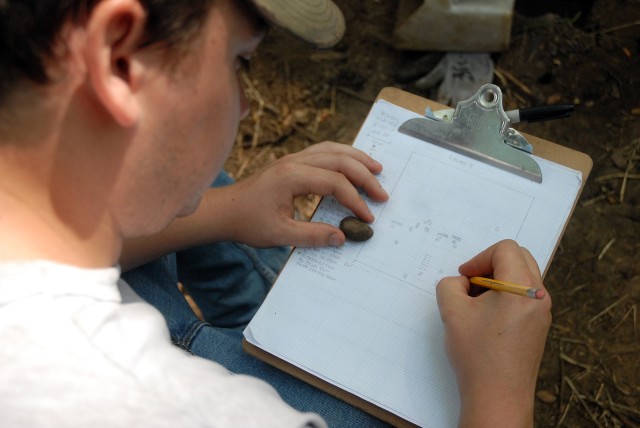


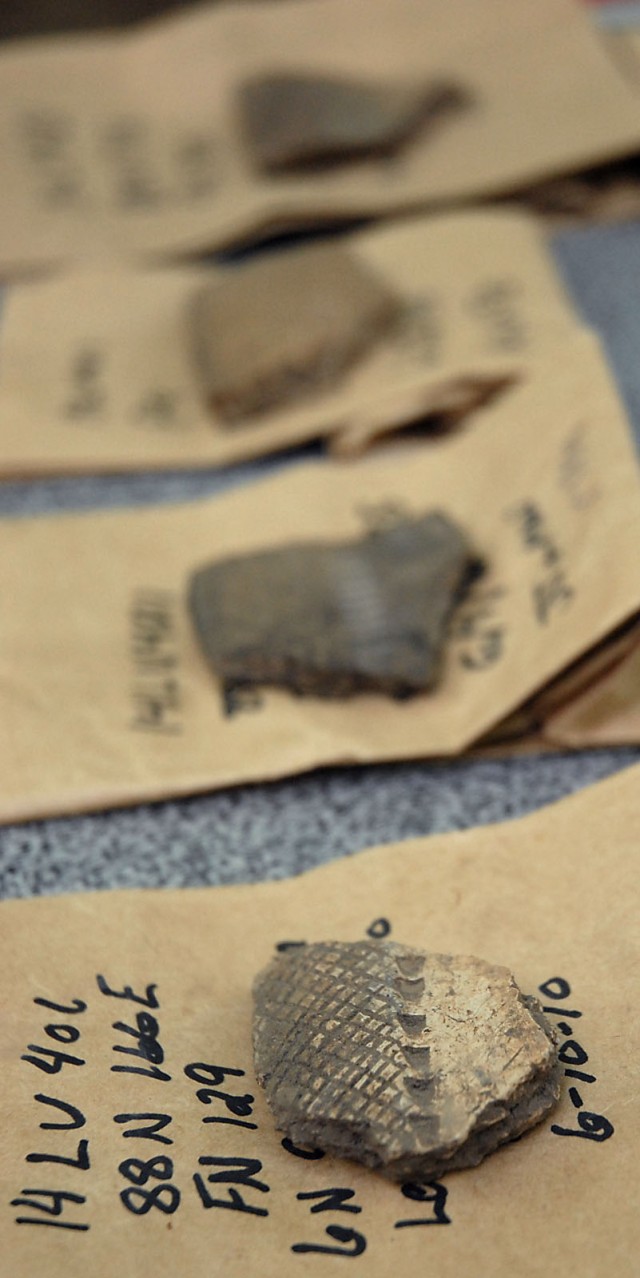

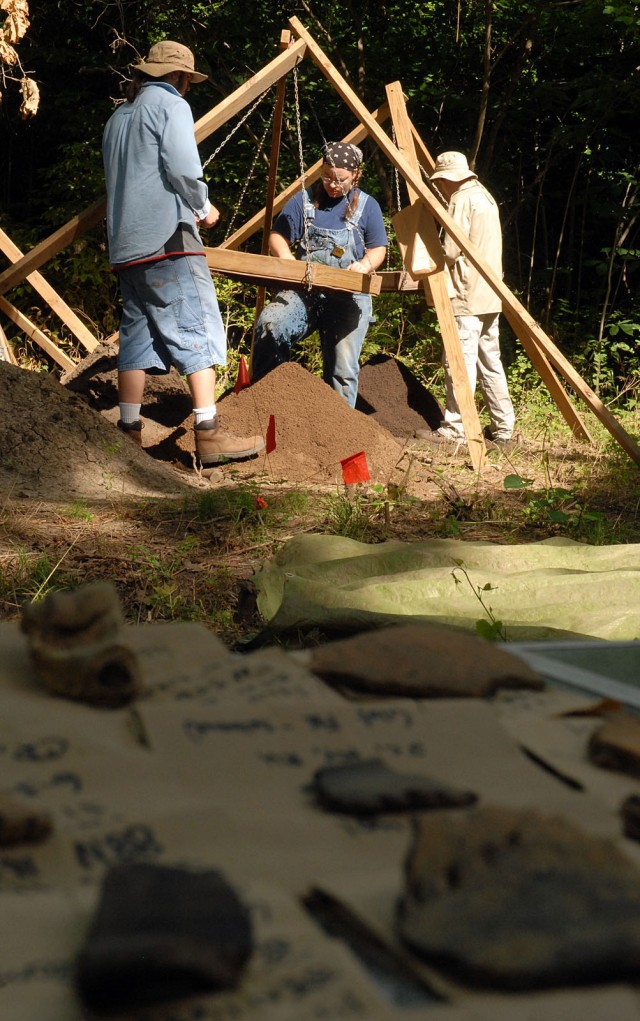
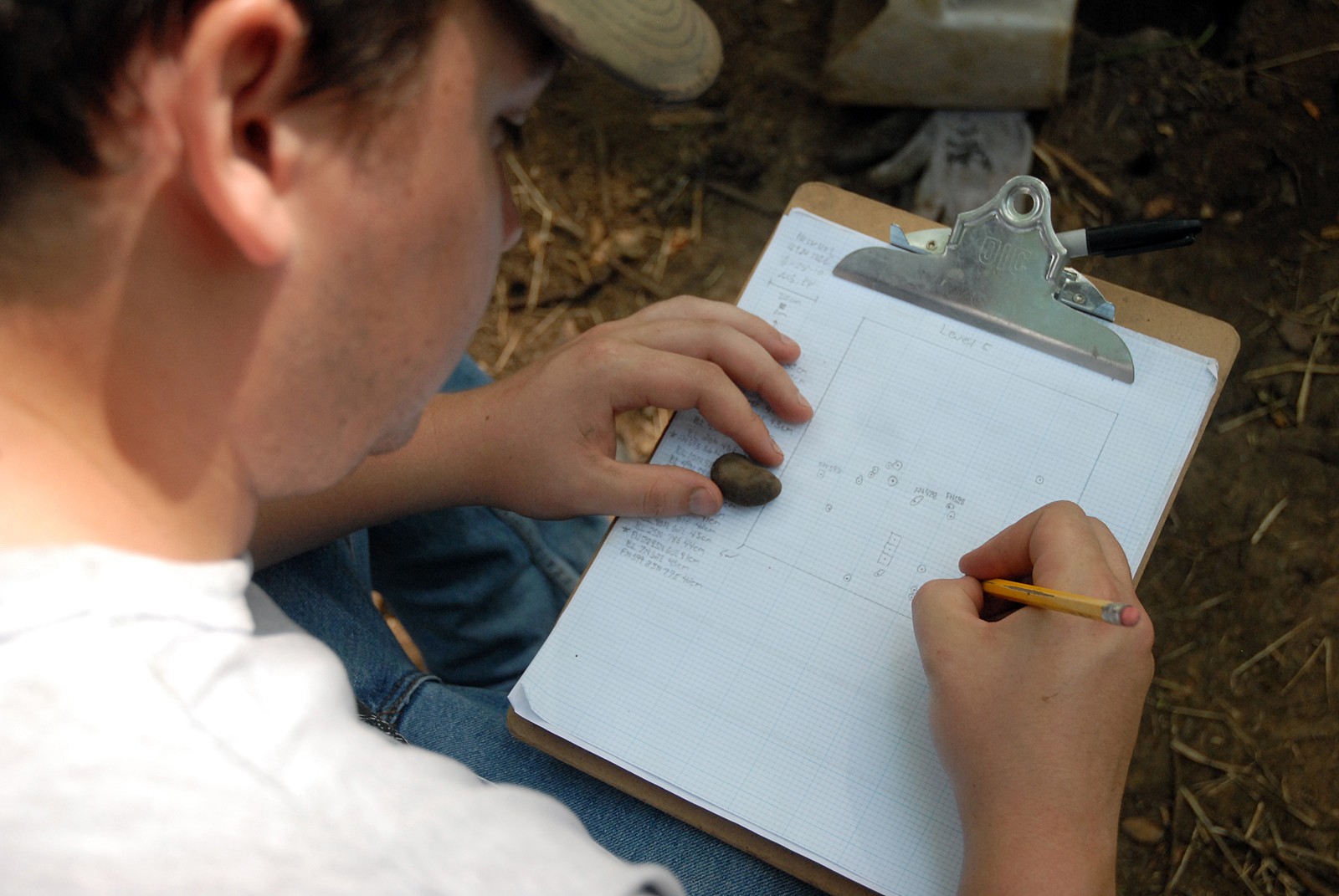
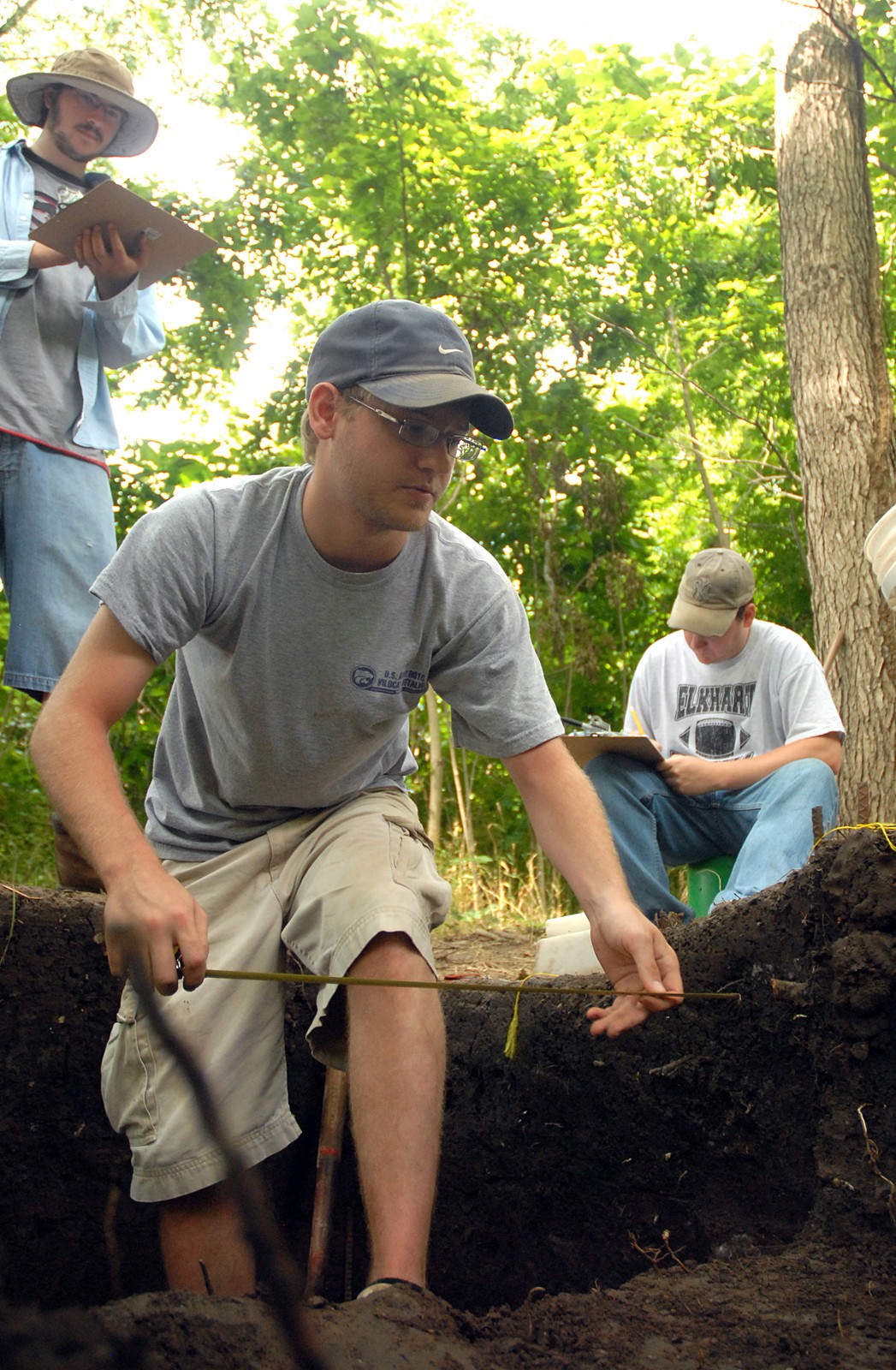


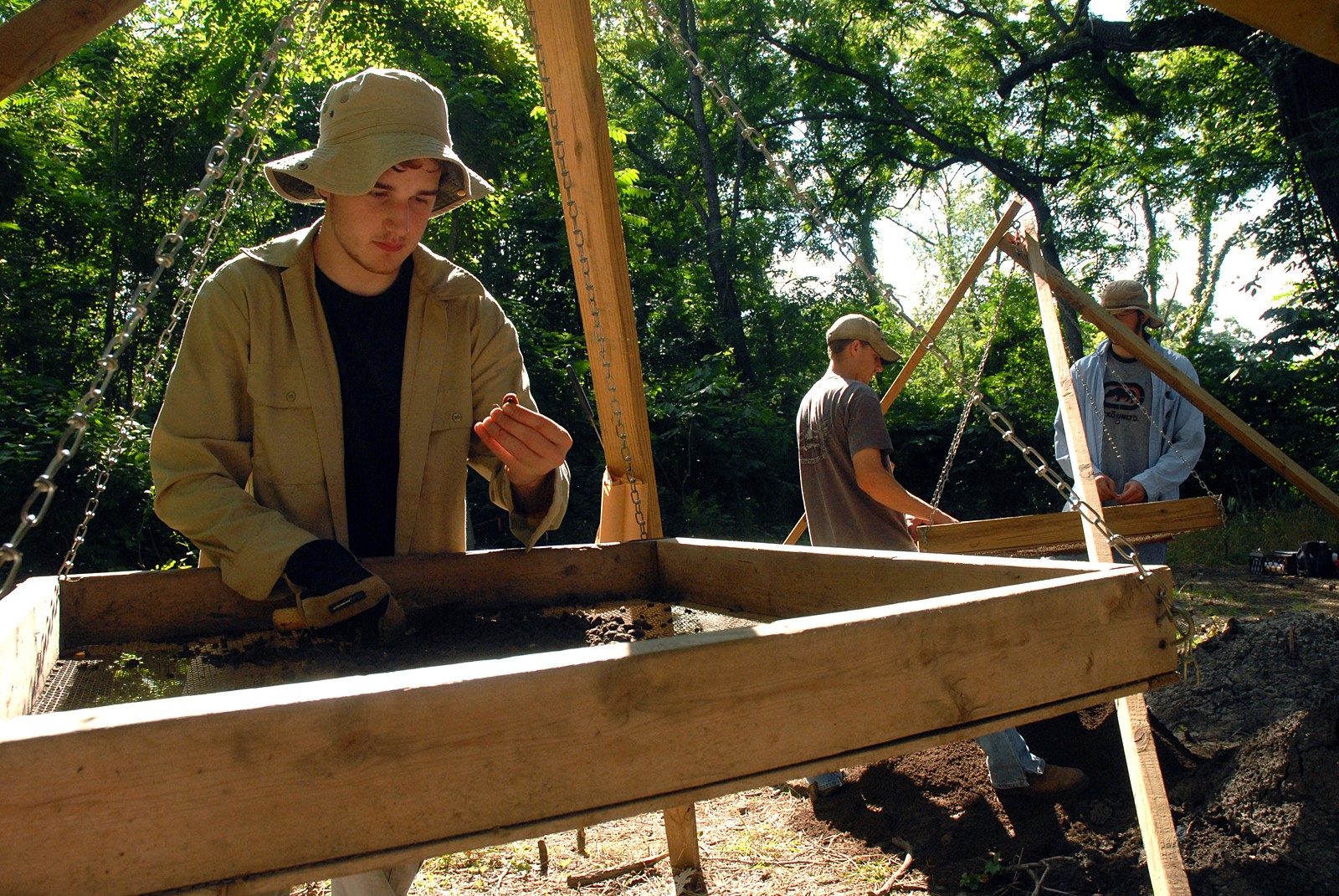
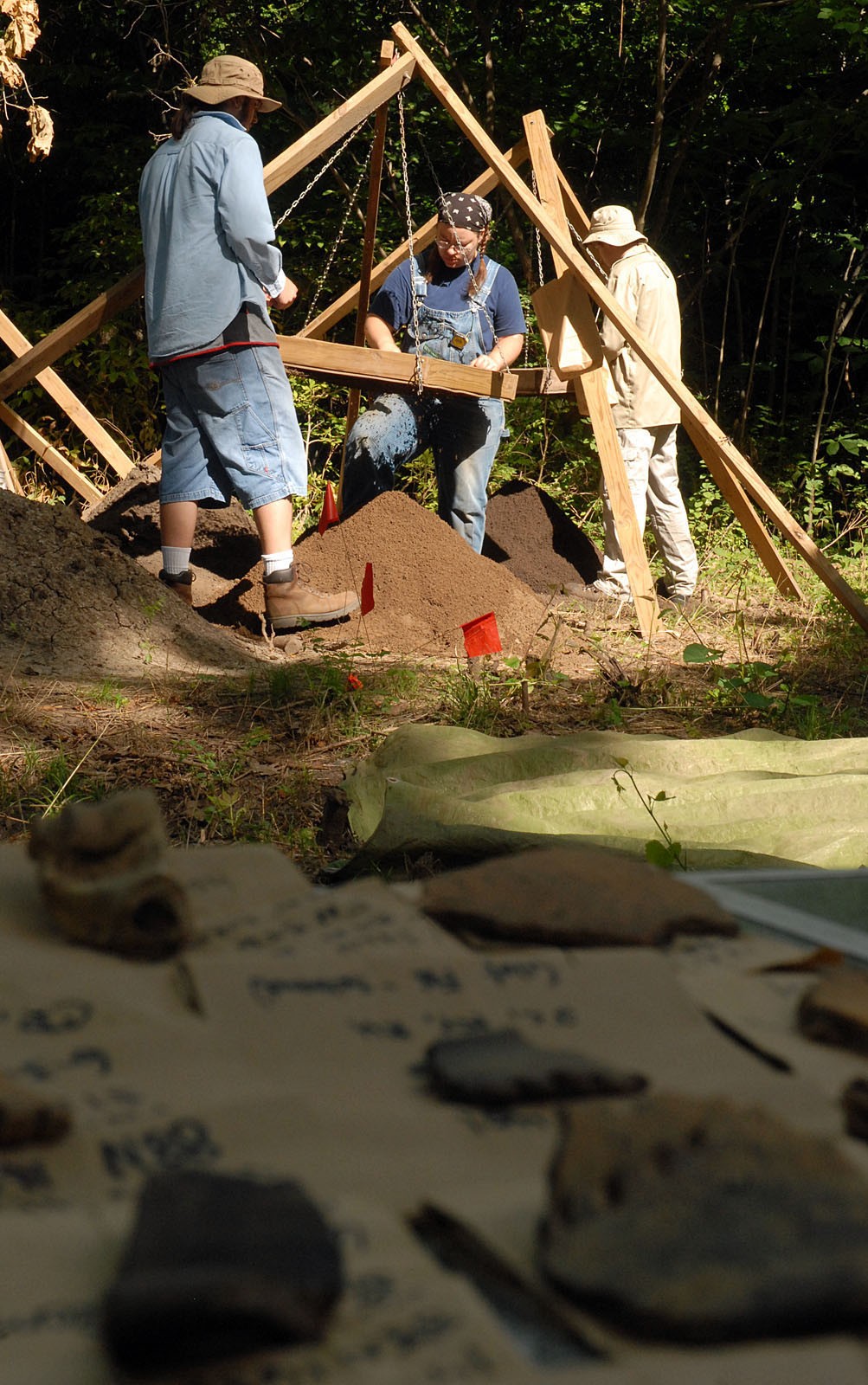
Social Sharing